In the news last month was a story announcing the most significant tactical adaptation in the history of the Afghan Security Forces. The international media company AFP broke the story with this article: Under US pressure, Afghan army starts closing checkpoints. The article was reprinted in various legacy media outlets. Stars and Stripes ran their reporting more in-depth, and the subject disappeared from the news cycle without further examination or comment. This should not be, as it is a fundamental change in how Afghan Security Forces are handling a resurgent Taliban.
For eighteen years, Western military advisors to the Afghans have repeatedly pointed out that dispersing manpower out in small, poorly built, militarily unimportant, easily overrun checkpoints is a pointless waste. The Afghans counter that small forts flying the Afghan flag demonstrate to the people that the government holds that area.
The photographs below are from one of the better-organized checkpoints I encountered during a road trip with Ralph Ward, a.k.a. The Skipper. He was heading into Nuristan province to blow an ammo cache the ANA had uncovered, something he normally does not do, which is why I was tagging along.
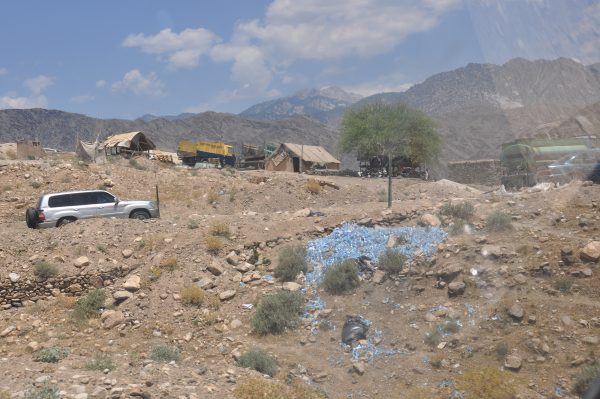
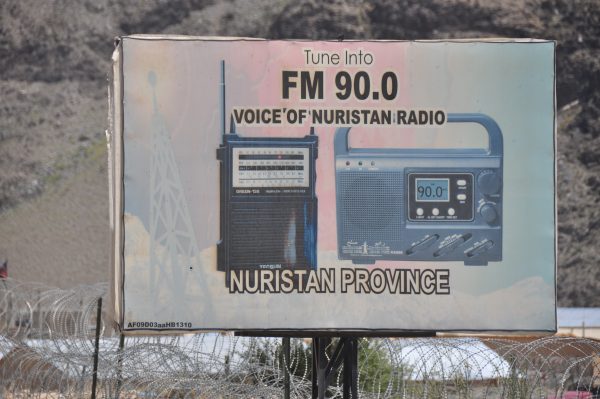
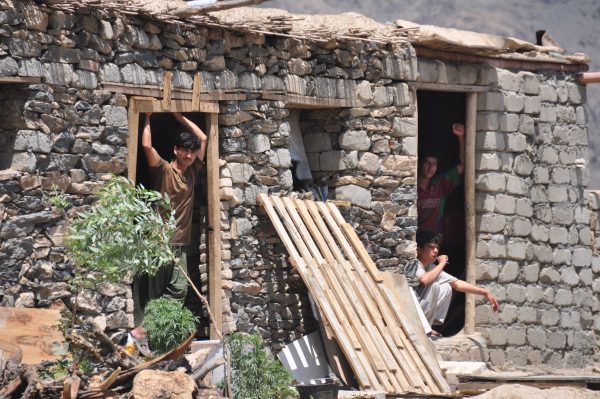
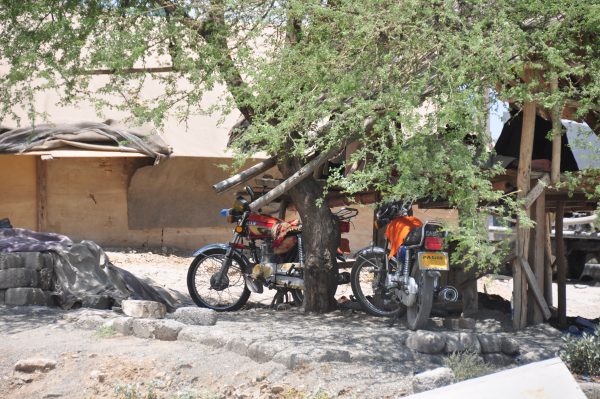
In 2016, the American military estimated that there were 8,400 Afghan police and army checkpoints in the country. Despite insisting that the Afghans start closing them, the number of checkpoints grew in 2017. It is obvious these poorly manned, undefended, far flung, unsupported positions contribute to low morale, high rates of desertion and high casualties. In fact, a week after this policy was announced, Afghan Security Forces suffered 23 KIA’s in two attacks on checkpoints, one in Ghor and the other in Logar provinces.
If it is so obvious that these checkpoints are a bad idea, why do they proliferate? The motorbikes in the picture above are a hint, and here is another:
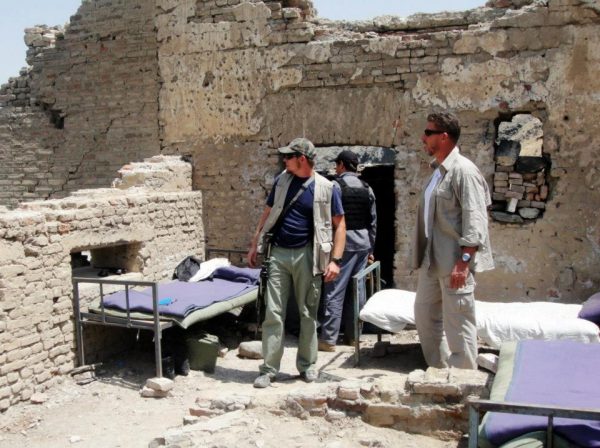
The checkpoint Shem and I are looking over had reported they were overrun the night prior and fired all the rounds on hand to drive off the Taliban. The building, on all four sides, is pockmarked with bullet and shrapnel holes, as the structure pre-dates the Soviet invasion. None of the battle damage on this building was new, and not one piece of brass could be found on the ground. The troops (all Hazaras from Ghazni province) were obviously selling ammo and AK rounds, at the time, for 65 cents each on the black market.
When soldiers “benefit” at their checkpoints, they are expected to kick a percentage up. It’s similar to the mafia, or at least the Sopranos version of the mafia, and that is the main reason the Afghans have refused to take them down. Afghan police and army officers assigned a certain area have normally paid serious cash for the position and expect a return of their investment. The practice is so common it doesn’t require footnotes (but here’s a link anyway). I have been told that this is changing as younger officers in the Afghan Security Forces reach ranks of responsibility. I hope so, I’m a big fan of the Afghans.
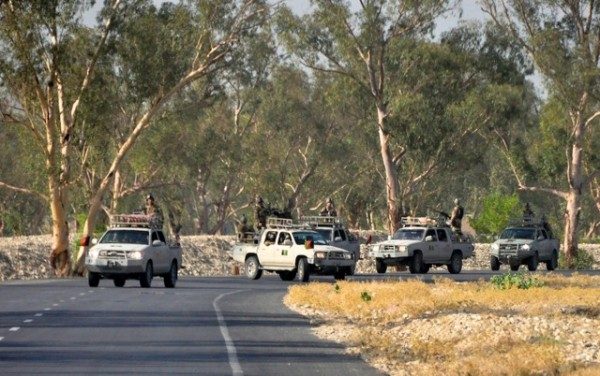
If the Afghan Security Forces are now willing to forgo revenue from their checkpoints to focus on offensive operations targeting the Taliban they have crossed the Rubicon in military professionalism. Time will tell, but this is the most positive development I’ve seen regarding Afghanistan in a long time. Inshallah, it is a sign of a tide starting to turn.



I wonder why it took so many years to instigate reform of old and failed policies? It’s not like books stopped being printed concerning the VietNam war and lessons learned in that less than sterling application of…..wait for it…. lessons learned.
It is hard to say but it was always clear that checkpoints cost lives (and made money)
Nice post!